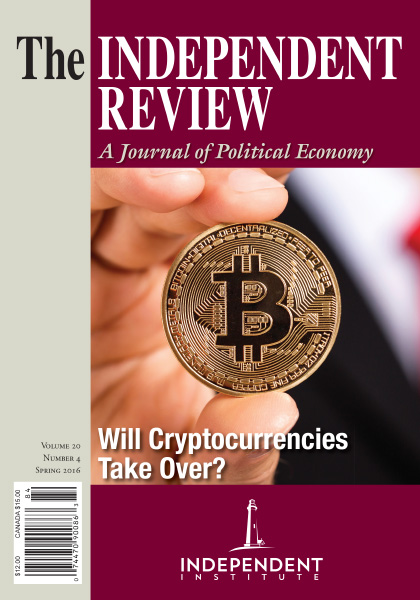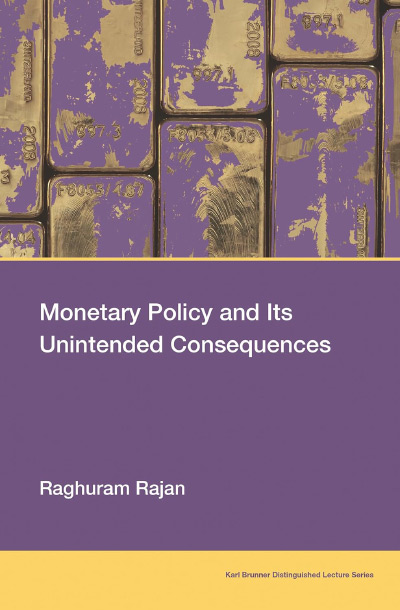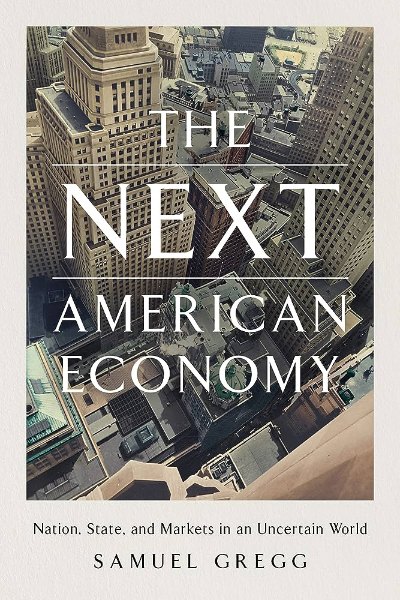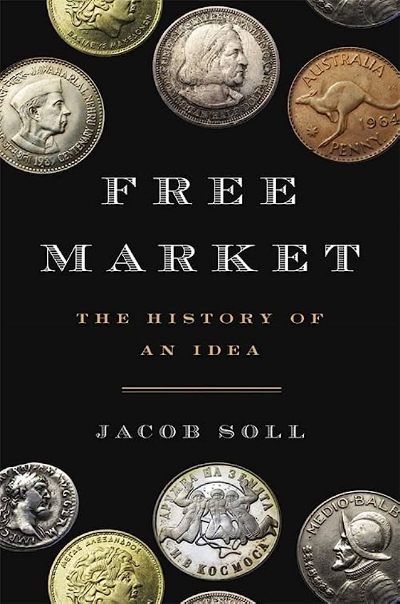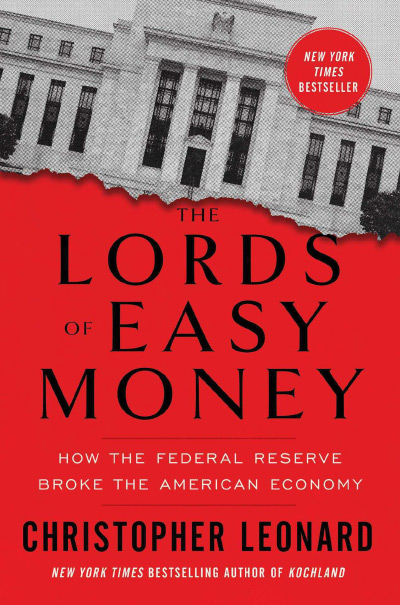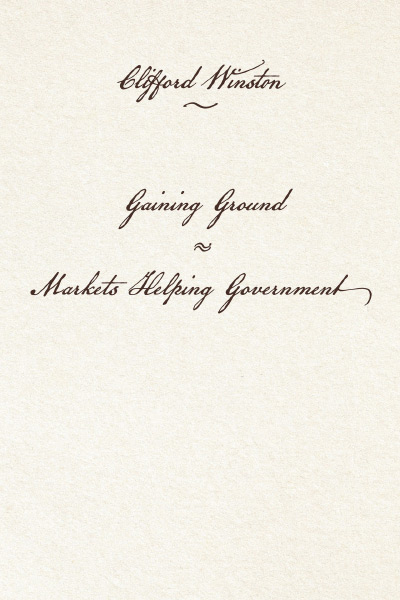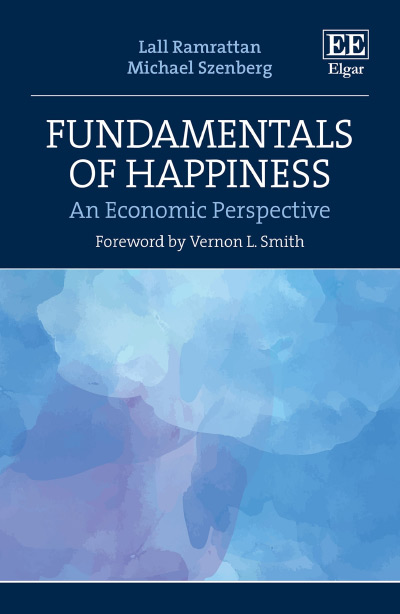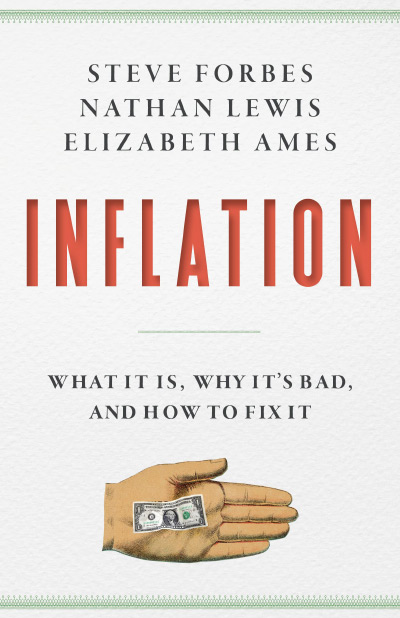To economists who specialize in data analysis and public policy, watching contemporary political debates about the fiscal health of the U.S. government is like listening as the crew of the Titanic argue about whether the iceberg is going to leave a scratch in the paint and who is going to be responsible for fixing it. Virtually all discussion involves some chipping away around the edges that leave the looming iceberg intact.
The prevalent inability to discuss the fiscal crisis constructively is due to the inability to grasp the magnitude of the problem. Michael Tanner does a superb job of making the key points of the problem both clear and palatable for a lay audience without glossing over details that are important to specialists.
Tanner begins with a thorough and compelling summary of the government’s fiscal problems, detailing the three components of government debt: debt held by the public, intragovernmental debt, and unfunded liabilities. Much debate has revolved around whether intragovernmental debt should be included in the official measure of the government’s debt and whether unfunded liabilities are debt at all (see Timothy C. Irwin,“Defining the Government’s Debt and Deficit,” Journal of Economic Surveys 29, no. 4 [2015]: 711–32).
Tanner helpfully sidesteps this debate by describing the three categories of debt on a continuum from “hard” to “soft.” The softer the debt, the more options the government has about paying it back. For example, intragovernmental debt need not be paid back on a certain schedule and, where Social Security is concerned, can be arbitrarily reduced by altering the Social Security benefits schedule. Describing debt in this way takes the more realistic middle ground—soft debt does indeed matter, but the government will find ways to get around paying at least some of it. The value of unfunded liabilities, as Troy Davig, Eric M. Leeper, and Todd B. Walker demonstrate (“Unfunded Liabilities and Uncertain Fiscal Financing,” Journal of Monetary Economics 57, no. 5 [2010]: 600–619), suffers from the added problem of being extremely sensitive to assumptions about population and economic growth as well as future fiscal and monetary policy. Although there is tremendous uncertainty as to the true value of unfunded liabilities, most estimates have one thing in common: they range from “extremely large” (around $90 trillion) to “unbelievably huge” (around$220 trillion) (Joseph Lawler, “Economist Laurence Kotlikoff: U.S. $222 Trillion in Debt,” Real Clear Policy, December 1, 2012). Laurence J. Kotlikoff and Scott Burns (The Coming Generational Storm [Cambridge, Mass.: MIT Press, 2004]) estimate that these unfunded liabilities will result in significant economic upheaval as the U.S. government fights both the laws of economics and mathematics in a futile attempt to fulfill its financial obligations.
Tanner’s discussion of the federal debt is thorough and correct, though he uses the common metric for describing the magnitude of the debt: debt per gross domestic product (GDP). Debt per GDP is useful for comparing debts across countries. For example, Greece’s debt is around U.S.$350 billion. From the U.S. perspective, that amount isn’t overly large. The U.S. federal government spends$350 billion every six weeks. The amount is roughly equivalent to the annual economic output of the state of Maryland. From Greece’s perspective, however, the amount is gargantuan. Greece’s $350 billion debt is around 1.8 times the entire country’s annual economic output. For the United States, an equivalent-size debt would top $30 trillion. Debt per GDP puts a country’s debt in perspective by scaling it relative to the size of its economy.
And here Tanner understates our already bleak financial condition. The government doesn’t own the GDP. GDP is (roughly speaking) the total of the people’s incomes. When one asks a bank for a loan, the bank will compare the proposed loan to the borrower’s ability to pay off the loan. And the borrower’s income is a reasonable proxy for this ability. As a consequence, it is debt relative to the borrower’s income that matters. However, GDP is not the government’s income. Tanner correctly puts the federal government’s debt and unfunded liabilities at more than$90 trillion (p. 8), or 500 percent of GDP. But the more compelling comparison is the government’s debt to the government’s income. That ratio is 3,000 percent—that is, the federal government’s $90 trillion debt is thirty times the size of the federal government’s annual income. If we extend Tanner’s opening example of the family budget, this is like a household with a $50,000 annual income being $1.5 million in debt. More disturbingly, at 2.4 percent interest (the current average rate on federal government obligations), interest on the government’s debt and unfunded obligations is almost 75 percent of federal revenues. In short, the federal government is bankrupt now.
Tanner cites Douglas Elmendorf and Greg Mankiw’s list of four reasons why public debt is harmful (p. 10), though I disagree with one of them: that all money borrowed today must be repaid with interest. Tanner’s government–household analogy helps the reader understand the magnitude of the federal budget, but the analogy fails on this one point. Unlike a household, a government can assume that it will continue to exist forever. As a consequence, it need never repay its debt. All that is necessary is that it be able to service its debt in perpetuity.
There are two additional reasons why public debt is harmful that none of the three authors mentions. First, the greater the public debt is, the easier it is for politicians to claim much ado about nothing. In early 2012 and in response to growing voter concern about the deficit, President Barack Obama proposed a budget that contained $300 million in cuts to community block grants. Opponents argued that cuts should come from elsewhere because community block grants serve the neediest Americans. Whether to cut this $300 million from the budget dominated the news for the better part of a month. And therein lies the danger of such massive debts (and spending). To any reasonable person, $300 million sounds like a tremendous amount of money. Yet federal spending is so great that the government blows through $300 million every forty-two minutes. The government spent more money while politicians were talking about the problem than the proposed cuts themselves.
Second, the greater the public debt is, the greater is the danger to the Federal Reserve’s autonomy. For all the discussion of the economic benefits of low interest rates to the housing market, the student-loan market, and the stock market, the single largest beneficiary of low rates is the federal government itself. Tanner points out that interest on the federal debt was more than $250 billion in 2014 (p. 9). But that amount ignores interest on intragovernmental debt—the bulk of which is held by the Social Security trust fund. If we include that interest, the annual interest expense is more than $400 billion. Yet that amount still ignores the interest on the present value of unfunded liabilities. Although the latter is not interest in the accounting sense, every year that the government foregoes having money in the bank
to cover those future liabilities is a year’s worth of interest the government fails to earn to put toward those liabilities. This effect is not to be confused with crowding out, in which increased government borrowing drives up interest rates due to increased demand for loanable funds (for empirical evidence, see Eric M. Engen and R. Glenn Hubbard, “Federal Government Debt and Interest Rates,” NBER Macroeconomics 19 [April 2005]: 83–160).
As of 2015, the federal government is paying an average of 2.4 percent interest on its outstanding debt. Counting just the money owed to the public and the intragovernmental debt, each percentage point increase in interest rates costs the federal government an additional $180 billion annually. The historical average interest rate the federal government has paid on its debt is 6 percent. As Tanner notes, if interest rates merely rise to their historical average, the federal government’s annual interest expense will exceed $1 trillion annually (p. 9). The federal government cannot afford this extremely large expense. The more the Federal Reserve raises interest rates, the greater the political pressure will be from the federal government to prevent rates from rising further.
Tanner paints a correctly bleak and well-documented picture of the impending federal bankruptcy. To his credit, he follows this picture with an honest and thorough summary of counterarguments, including both the ridiculous (government debt isn’t really debt because we owe the money to ourselves) and the reasonable (debt is bad sometimes, just not now). He also provides a superb summary of the major contributors to the debt crisis, including Social Security, Medicare, and the Affordable Care Act, and demonstrates throughout a remarkable ability to make the mind-numbing details of these entitlements interesting and clear.
One point that Tanner mentions but does not develop is that federal tax revenues have averaged a remarkably constant 17 percent (plus or minus some noise) of GDP going back to the 1950s (p. 4). Over that same period, the top personal income tax rate has ranged from a high of more than 90 percent to a low of less than 30 percent; effective corporate tax rates have ranged from 15 percent to 45 percent; estate tax rates from 35 percent to 75 percent; payroll tax rates from less than 5 percent to more than 15 percent. These ranges suggest that it doesn’t matter whether we tax the rich a lot or a little, whether we tax corporations or consumers, whether we confiscate deceased persons’ estates or not. Nothing the government has done in its wide-ranging and varied tax policies has changed the fact that the government’s tax receipts total 17 percent of the economic pie.
That result underlines Tanner’s conclusion that the solution to the impending U.S. financial catastrophe lies not in growing taxes but in limiting spending.
ANTONY DAVIES Duquesne University

